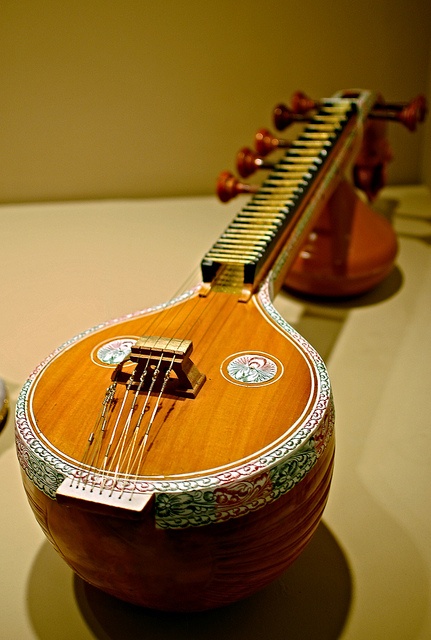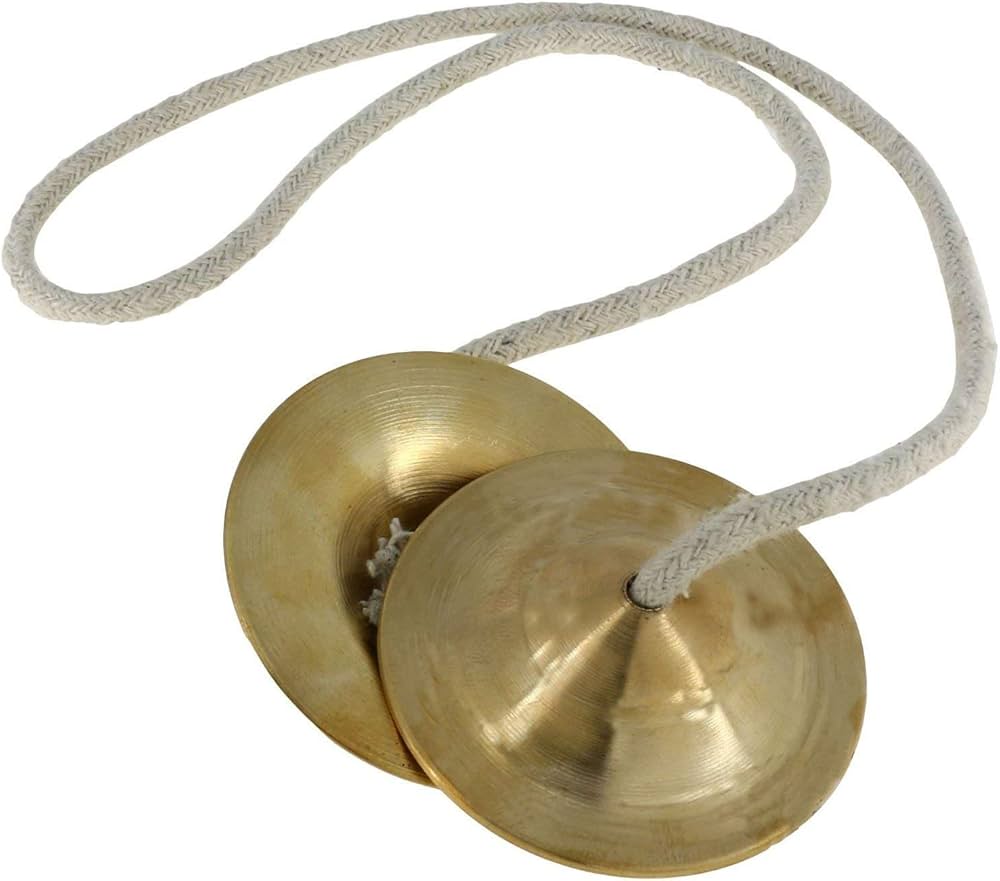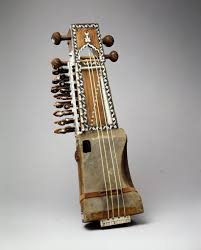Music Forms of India
Rooted in tradition, Indian music blends melody, rhythm, and devotion across genres.

The music forms of India reflects its incredible cultural diversity and rich traditions. From ancient classical ragas to lively folk melodies and modern fusion genres, India’s music forms showcase a dynamic blend of heritage and innovation. In this article, we dive into the many musics form of India that shape the country’s vibrant soundscape.
Wiki Link: Indian music evolution
Classical Musics of India
Indian classical music is closely tied to spirituality and deep thought. It follows two core elements: Ragas, which are melodic patterns, and Talas, which are rhythmic cycles. There are two main styles—Hindustani music from North India and Carnatic music from South India. Over the centuries, these styles developed in different ways. While Hindustani music absorbed Persian and Mughal influences after the 13th century, Carnatic music, by contrast, held on to its roots in South Indian temples and Dravidian culture.
Hindustani Classical Music (North India)

Hindustani music developed over time with strong influences from Persian and Arabic cultures, especially during the rule of the Mughal emperors. It grew within royal courts and blended local Indian traditions with foreign elements.
A typical performance includes a slow introduction known as Alaap, followed by faster sections like Gat or Bandish, with room for creative improvisation. Popular music forms of India under Hindustani tradition include Dhrupad, Khayal, Thumri, and Tarana.
Instruments Used in Hindustani Music

Sitar
Plucked string instrument with sympathetic strings that create a resonating, meditative sound.

Tabla
Set of two hand drums played in intricate rhythms, essential for accompaniment.

Shehnai
Woodwind instrument played in weddings and auspicious ceremonies.

Bansuri
Bamboo flute used for soft, melodic expression
Carnatic Music (South Indian Classical Music)

Carnatic music is deeply rooted in devotion and temple traditions, tracing back to the Bhakti movement. It emphasizes well-structured compositions called Kritis, along with intricate rhythmic patterns. Additionally, it expresses spiritual themes through lyrics dedicated to Hindu gods and goddesses.
Unlike Hindustani music, Carnatic performances stick closely to pre-defined rules. Thus, there is limited scope for improvisation in this music forms of India.
Instruments Used in Carnatic Music

Veena
Seven-stringed plucked instrument with a deep, mellow tone, associated with Goddess Saraswati.

Mridangam
A barrel-shaped percussion drum, providing the primary rhythm in Carnatic concerts.

Violin
Adapted from Western tradition but played in a uniquely Indian style, resting on the player’s foot.

Ghatam
A clay pot used as a percussive instrument, played by striking and tapping.
Folk Musics of India
Folk music is simple; moreover, it connects people with their roots and is passed down through generations. These forms have been passed down orally for generations, often evolving with the times while maintaining their core essence. Folk music forms of India is used in festivals, celebrations, rituals, and social gatherings, often accompanied by traditional dance forms. Each region has its distinct folk music style, influenced by local customs, landscapes, and histories.
Baul (West Bengal)

Baul music is a mystical, spiritual, and deeply philosophical folk tradition of Bengal, practiced mainly by wandering minstrels (Bauls) who seek divine love and enlightenment.
The songs focus on humanism, self-discovery, and devotion, blending elements of Bhakti (Hindu) and Sufi (Islamic) traditions. Bauls reject materialism and caste divisions, believing that God resides within the human body. This music forms of India stands out for its deep philosophical meanings and unique instrumentation.
Instruments Used in Baul Music

Ektara
A single-stringed plucked instrument, symbolizing the unity of life.

Dotara
Two- or four-stringed folk lute, played with rhythmic strumming.

Duggi
A small hand drum, providing the beat for Baul singing.

Khamak
Unique percussion instrument with a string that is plucked while the drumhead is pulled.
Bihu (Assam)

Bihu music is a joyful and energetic folk tradition from Assam, performed during the Bihu festival, which marks the Assamese New Year and harvest celebrations. The music is known for its fast-paced rhythms, vibrant dance movements, and romantic lyrics that celebrate nature, love, and life.
Traditionally, young men and women sing and dance together, expressing their emotions through graceful movements. This music forms of India captures the spirit of the Assamese people.
Instruments Used in Bihu Music

Dhol
Barrel drum played with two sticks, providing the main rhythm.

Pepaa
Wind instrument made from buffalo horn, producing a sharp, loud sound.

Gogona
Bamboo jaw harp, creating rhythmic twangs.

Toka
Small wooden clapper used for beats.
Lavani

Lavani is a fast-paced, energetic, and sensuous folk music tradition of Maharashtra, often performed by women dancers wearing traditional sarees and ghungroos (ankle bells). Lavani songs are witty, expressive, and bold, focusing on themes of love, social issues, and politics. It is commonly performed in Tamasha theatres and during celebrations.
The combination of rhythmic singing and powerful dance movements makes it one of the most captivating music forms of India.
Instruments Used in Lavani Music

Dholki
Two-headed drum, played with both hands to create fast rhythms.

Manjeera
Small cymbals that enhance the beats.

Harmonium
A reed organ, used to provide melodic backing.

Lezim
Small musical instrument with jingling cymbals, played during performances.
Manganiyar & Langa

The Manganiyars and Langas are hereditary folk musicians from Rajasthan, belonging to Muslim communities but deeply rooted in Hindu devotional traditions. Their music is soulful and poetic, narrating historical tales, love ballads, and praises of kings. It is often performed in royal courts, weddings, and festive occasions.
The Langas specialize in love and Sufi songs, while Manganiyars focus on storytelling and epic narratives. This folk music forms of India continues to enchant audiences across the world.
Instruments Used in Manganiyar & Langa Music

Kamaicha
Bowed string instrument, unique to the Manganiyar community.

Khartal
Wooden castanets, used for rhythmic beats.

Sarangi
Short-necked fiddle, played for deep, emotional expressions.

Algoza
Small wooden clapper used for beats.
Devotional & Spiritual Music Forms in India
Devotional and spiritual music in India is deeply connected to religious traditions, faith, and divine expressions. These musical forms are performed in temples, Sufi shrines, religious gatherings, and festivals, aiming to create a sense of spiritual awakening and devotion. The lyrics often praise deities, saints, and spiritual teachings, while the musical compositions vary across regions and religious sects. Over time, devotional music has evolved, incorporating classical, folk, and contemporary styles, making it accessible to a wider audience.
Bhajan

Bhajans are soulful and melodious devotional songs, expressing love, devotion, and surrender to God. They are sung in temples, homes, and spiritual gatherings, often creating an atmosphere of peace and divine connection. Bhajans can be dedicated to various Hindu gods like Krishna, Rama, Shiva, and Durga, as well as saints and gurus. The lyrics are simple yet profound, filled with poetic expressions of devotion. This form is very popular in northern states like Uttar Pradesh.
Instruments Used in Bhajan Music

Harmonium
Reed instrument that provides the melodic base.

Kartal
Wooden percussion instrument with metal jingles, played for beats

Manjira
Small hand cymbals, used for rhythm and energy.

Tabla
Pair of hand drums, setting the rhythm.
Qawwali (Sufi Devotional Music)

Qawwali is an intense, energetic, and deeply spiritual form of Sufi devotional music, primarily performed in dargahs (Sufi shrines). It praises Allah, Prophet Muhammad, and Sufi saints, aiming to create a trance-like spiritual connection. Qawwali performances are marked by powerful vocal expressions, fast-paced rhythms, and clapping, with singers often engaging in call-and-response singing.
Instruments Used in Qawwali Music

Tabla
Adds complexity to the rhythm.

Harmonium
Provides the melodic foundation.

Claps
The performers clap in unison, enhancing the energetic feel of Qawwali.

Dholak
A two-headed drum, played with both hands for rhythmic beats.
Keerthan (South Indian Devotional Singing)

Keerthan (or Kirtan) is a devotional singing tradition, mainly practiced in South India. It is performed in temples, religious processions, and Bhakti gatherings, focusing on praising Hindu gods like Vishnu, Shiva, and Murugan. Keerthan is more structured than bhajans, often based on Carnatic classical music.
It involves call-and-response singing, where a lead singer chants a verse and the group responds. Some Keerthans are storytelling-based, narrating episodes from Hindu scriptures like the Ramayana and Mahabharata.
Instruments Used in Keerthan Music

Nadaswaram
A large, double-reed wind instrument, considered sacred and played in temples

Mridangam
Two-headed drum, providing rhythmic support.

Cymbals & Tambura
Used to maintain rhythm and melody.

Claps
The performers clap in unison, enhancing the energetic feel.
Evolution of Indian Music

Vedic Period (1500 BCE - 500 BCE)
- Music was mainly based on Sama Veda hymns, chanted in specific melodies.
- Instruments: Veena, Dundubhi (war drum), Flute, and Mridangam.
- Music was ritualistic and connected to spiritual and royal ceremonies.
Ancient & Medieval Period (500 BCE - 1500 CE)
- Natya Shastra (by Bharata Muni) laid the foundation for Ragas and Talas.
- Development of Dhrupad, the first structured classical form.
- Persian influence during the Mughal era led to new instruments like Sitar and Tabla.
Mughal & Colonial Period (1500 CE - 1947 CE)
- Classical music flourished in royal courts (Tansen in Akbar’s court).
- British influence introduced western notation and violin to Indian music.
- Folk and devotional music remained strong among common people.
Modern Era (1947 - Present)
- Fusion music emerged, blending classical with Bollywood, jazz, and rock.
- Global artists like Pt. Ravi Shankar and AR Rahman popularized Indian music worldwide.
- Digital music production & AI-generated compositions are shaping future music trends.
Famous Musicians of India
M. S. Subbulakshmi
Ustad Zakir Hussain
L. Subramaniam
Zubeen Garg
Mame Khan
Parvathy Baul
Yamunabai Waikar
Khagen Mahanta
